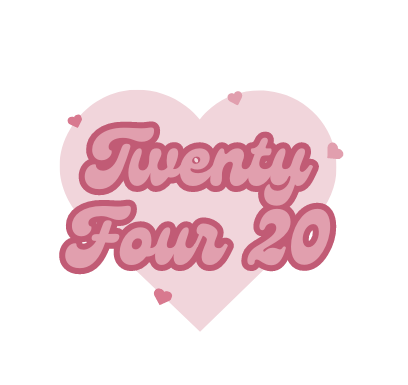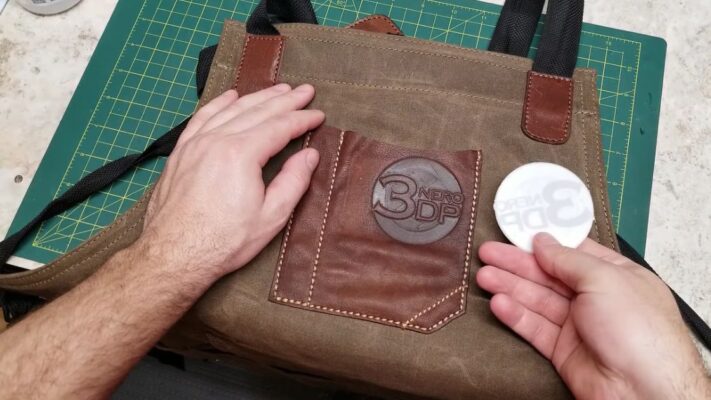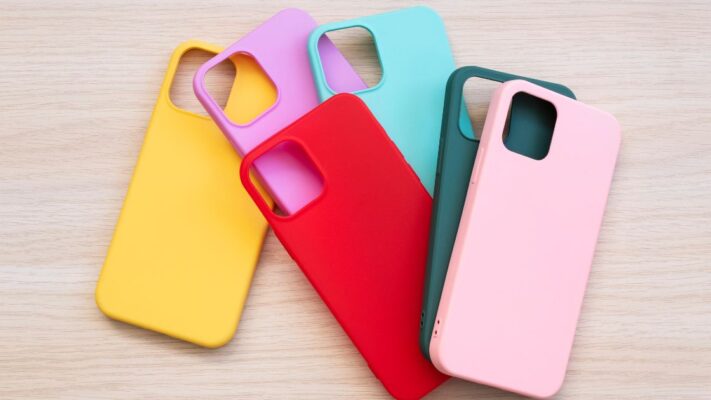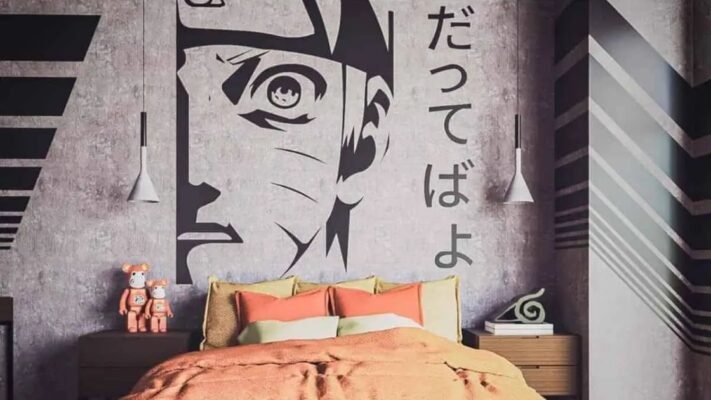Typography is an essential element of graphic design that can make or break a design. It is the art of arranging type to make written language legible, readable, and appealing when displayed. Typography has been around since the 11th century, and it has evolved over time to become a crucial aspect of graphic design. In this article, we will explore what typography is, how to use typography in graphic design, the importance of typography in graphic design, and how to use typography and other design elements to create high-value websites.
Contents
What Is Typography?
Typography is the style and appearance of text and is a design element used as a tool by graphic designers. It is the art or procedure of arranging type or processing data and printing from it. Typography involves selecting typefaces, point sizes, line lengths, line spacing, letter spacing, and spaces between pairs of letters. It is not just about the legibility of the text but also about creating an aesthetic that can make the reader feel something. Typography helps to set the mood and emotion of any text and has a huge impact on how the reader perceives it.
How To Use Typography In Graphic Design
Typography is an integral part of communication within graphic design. Each font carries a unique attitude, conveying a completely different message from the next font over. Landing on the right typographical design to represent a product or brand is just as crucial as creating the perfect image to headline a client’s big marketing campaign. Graphic design is about telling visual stories, and typography tells a story in two ways: by spelling out actual words and evoking feelings with its aesthetics. Used properly, typography can be one of the most powerful tools graphic designers have in their toolkits.
Here are some tips on how to use typography in graphic design:
Choose the right typeface
The first step in using typography effectively in graphic design is choosing the right typeface. The typeface should align with the website’s purpose, target audience, and overall design style.

Pair typefaces effectively
Once you have chosen a typeface, it is important to consider how you will pair it with other typefaces. Pairing typefaces can create contrast, establish hierarchy, and add visual interest to your design.
Use appropriate line spacing and letter spacing
Line and letter spacing can make distinguishing between letters and words easier for people with visual disabilities. It also helps to make your text more legible.
Incorporate color into typography
Color can be used to create contrast, establish hierarchy, and add visual interest to your design.

Limit font families
Limiting the number of font families you use can help to maintain consistency in your design.
Mindful sizing and spacing
Sizing and spacing can make a big difference in the legibility and readability of your text.
Maintain consistency
Consistency is key in graphic design. Maintaining consistency in your typography can help to create a cohesive design.

The Importance Of Typography In Graphic Design
Typography is an essential element of graphic design. It is the art of arranging type to make written language legible, readable, and appealing when displayed. Typography plays a crucial role in graphic design, and here are some reasons why:
Establishes visual hierarchy
Typography can be used to create visual hierarchy in your design. It can help to guide the viewer’s eye through the design and highlight important information.
Enhances readability
Good typography improves readability, encourages user engagement, and subtly guides users’ attention to important information or calls to action.

Conveys brand identity
Typography can be used to convey the personality of a brand. It can help to establish brand recognition and create a consistent look and feel across all marketing materials.
Shows personality
Typography can be used to show personality and evoke emotions. It can help to create a unique look and feel for your design.

Makes an impact
Typography can make a big impact on the overall look and feel of your design. It can help to create a memorable design that stands out from the competition.
Establishes a mood and tone
Typography can be used to establish a mood and tone for your design. It can help to create a design that is playful, serious, or somewhere in between.
Draws attention
Typography can be used to draw attention to important information or calls to action. It can help to guide the viewer’s eye through the design and highlight important information.

Creates harmony and consistency
Typography can be used to create harmony and consistency in your design. It can help to create a cohesive design that is easy to read and visually appealing.
Learn How To Use Typography And Other Design Elements To Create High-value Websites
Typography is an essential element of graphic design, and it plays a crucial role in creating high-value websites. Here are some tips on how to use typography and other design elements to create high-value websites:
- Choose the right typeface: The typeface you choose should align with the website’s purpose, target audience, and overall design style. It should be legible and easy to read.
- Use typography to create visual hierarchy: Typography can be used to create visual hierarchy in your design. It can help to guide the viewer’s eye through the design and highlight important information.
- Use color to create contrast: Color can be used to create contrast, establish hierarchy, and add visual interest to your design.
- Use whitespace effectively: Whitespace can be used to create a clean and uncluttered design. It can help to guide the viewer’s eye through the design and highlight important information.
- Use images and graphics to complement typography: Images and graphics can be used to complement typography and add visual interest to your design.
- Use typography to establish brand identity: Typography can be used to establish brand recognition and create a consistent look and feel across all marketing materials.
- Use typography to evoke emotions: Typography can be used to evoke emotions and create a unique look and feel for your design.
- Use typography to create a memorable design: Typography can make a big impact on the overall look and feel of your design. It can help to create a memorable design that stands out from the competition.
Conclusion
Typography is an essential element of graphic design that can make or break a design. It is the art of arranging type to make written language legible, readable, and appealing when displayed. Typography has been around since the 11th century, and it has evolved over time to become a crucial aspect of graphic design. In this article, we explored what typography is, how to use typography in graphic design, the importance of typography in graphic design, and how to use typography and other design elements to create high-value websites. By following these tips, you can create designs that are visually appealing, easy to read, and memorable.
Related Posts







